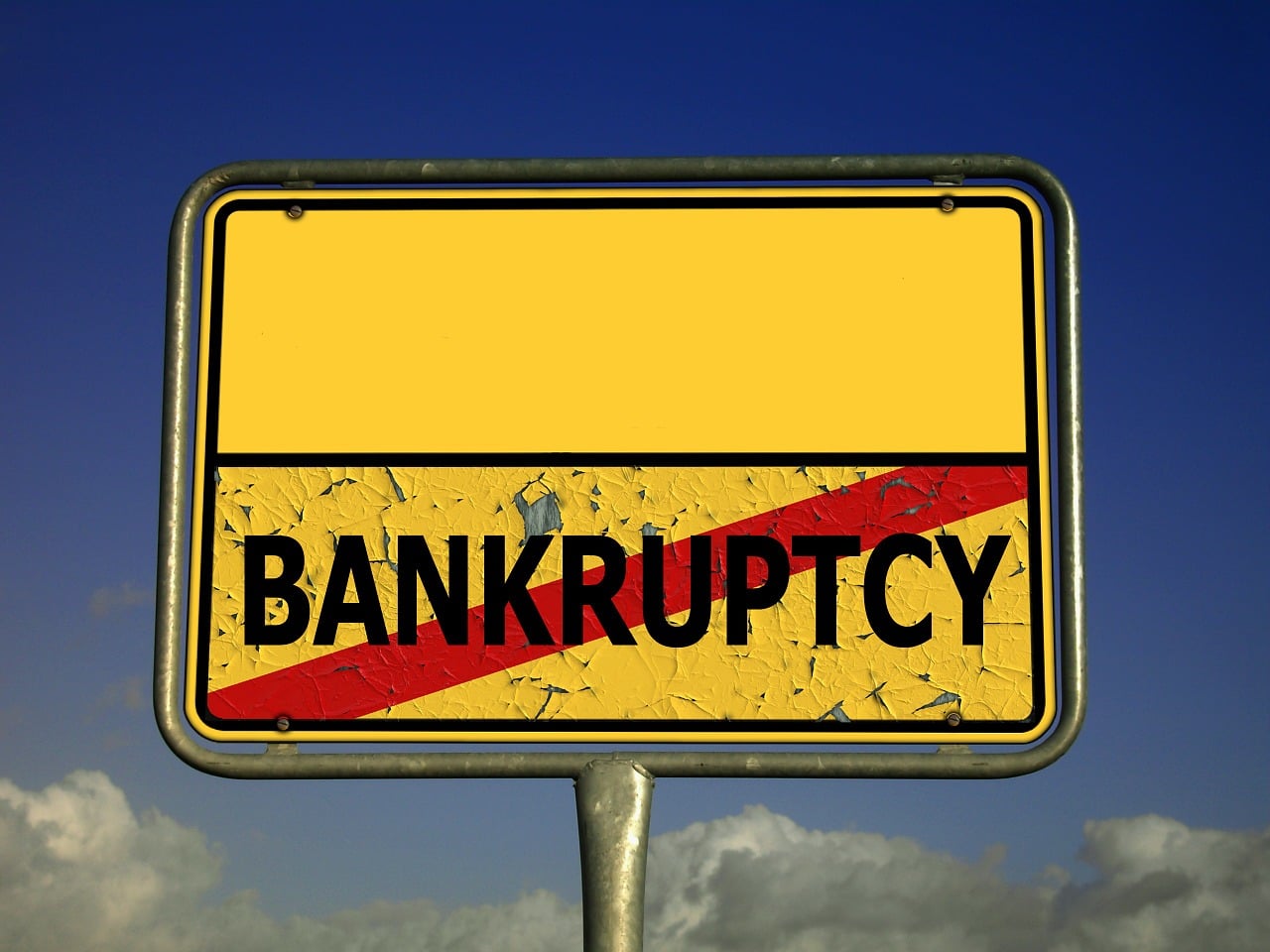2020 was a harsh year, especially for many retailers. It is estimated that over 160 consumer-facing businesses filed for bankruptcy last year, and this number includes more than 30 big retailers. Many of these retailers were already facing financial challenges even before the COVID-19 pandemic, but the lockdowns and other restrictions made it difficult for them to find stable ground. In this article, we will take a look at the ten biggest retail companies that went bankrupt in 2020.
Q1 2021 hedge fund letters, conferences and more
Ten Biggest Retail Companies That Went Bankrupt In 2020
We have used the liabilities amount of these retailers to rank the ten biggest retail companies that went bankrupt in 2020. Following are the ten biggest retail companies that went bankrupt in 2020:
-
Pier 1 Imports (over $250 million)
Founded in 1962, this company filed for bankruptcy in February 2020. The home-goods chain filed for Chapter 11 a few weeks before the stay-at-home orders. However, the pandemic made the situation even tougher for Pier 1. Initially, the company announced closing about half of its 900-plus stores, but in May, Pier 1 decided to liquidate the entire chain. Investment firm Retail Ecommerce Ventures (REV) bought Pier 1′s trademark, intellectual property and other assets.
-
Stein Mart (over $500 million)
Founded in 1908, this company filed for bankruptcy in August 2020. This discount department store had about 280 stores at the time of filing for Chapter 11 bankruptcy. In a court auction, the Miami-based investment firm Retail Ecommerce Ventures bought Stein Mart’s intellectual property for over $6.02 million.
-
Brooks Brothers (over $500 million)
Founded in 1818, this company filed for bankruptcy in July 2020. In August, the court approved the acquisition of Brooks Brothers by a joint venture of Simon Property Group and Authentic Brands Group, for $325 million. This joint venture, called Sparc Group, promised to keep at least 125 Brooks Brothers stores open. Brooks Brothers had 244 stores at the time of filing for bankruptcy.
-
J.Crew (over $1 billion)
Founded in 1947 (as Popular Merchandise Inc.), this company filed for bankruptcy in May 2020. J.Crew exited Chapter 11 in September after a bankruptcy judge approved the plan to convert all of the company’s $1.7 billion debt into equity. When the company filed for bankruptcy, it had 140 Madewell shops, 181 J.Crew stores and 170 locations at factory outlets. As part of the restructuring, the ownership of the retailer shifted to a group of lenders, led by Anchorage Capital Group.
-
GNC (over $1 billion)
Founded in 1935, this company filed for bankruptcy in June 2020. As part of its Chapter 11 restructuring, the vitamin and health supplements maker had to close about 1,300 stores in the U.S. and Canada. Also, in September, the court approved the sale of GNC to China-based Harbin Pharmaceutical Group for $770 million.
-
Ascena Retail (over $1 billion)
Founded in 1962 as Dressbarn, this company filed for bankruptcy in July. After filing for Chapter 11, the company sold its Justice children’s clothing division and closed all the Catherines stores. As part of the Chapter 11 restructuring, the company sold its Ann Taylor, Loft, Lane Bryant and Lou & Grey brands to Sycamore Partners, a private-equity firm. Sycamore has promised to keep most of Ascena’s remaining stores open for business.
-
Tailored Brands (over $1 billion)
Founded in 1973 (as Men's Wearhouse), this company filed for Chapter 11 in August. The retailer filed for protection two weeks after coming up with plans to slash its workforce by 20%, as well as shutter up to 500 of its 1,450 stores. Tailored Brands exited bankruptcy in early December after a court approved its plan to eliminate $686 million in debt.
-
Guitar Center (over $1 billion)
Founded in 1959 (as The Organ Center), this company filed for Chapter 11 in late November. The country’s biggest retailer of musical instruments filed for Chapter 11 protection about a week after coming up with a restructuring plan that enjoyed the backing of the creditors and new investors. As per Guitar Center’s restructuring plan, the retailer would eliminate debt by almost $800 million, as well as raise $165 million in new equity.
-
Neiman Marcus (over $5 billion)
Founded in 1907, this retailer filed for Chapter 11 in early May. The high-end department store exited bankruptcy in September after the court approved its reorganization plan. Neiman’s reorganization plan includes eliminating over $4 billion in debt. It also got new owners, including investment firms PIMCO, Sixth Street and Davidson Kempner Capital Management. Also, the company had to close many of its stores as part of the restructuring plan.
-
J.C. Penney (over $10 billion)
Founded in 1902, this retailer filed for Chapter 11 bankruptcy protection in mid-May. J.C. Penney was struggling even before COVID-19, but the pandemic exacerbated its financial hardships. The company had about 850 stores when it filed for bankruptcy, compared to more than 1,000 stores earlier. J.C. Penney exited Chapter 11 after a deal that includes selling most of its retail and operating assets to Brookfield Asset Management and Simon Property Group.






